Transcript of How to Give Your Content CPR written by John Jantsch read more at Duct Tape Marketing
Back to Podcast
Transcript

John Jantsch: Choosing the right domain name is critical to ensuring the success of your small business, but it’s gotten a little harder. Now you can choose a .us domain to help your business stand out. Reserve your .us web address today. Go to launchwith.us, and use my promo code, PODCAST, for my special offer.
John Jantsch: Hello, and welcome to another episode of The Duct Tape Marketing Podcast. This is John Jantsch, and my guest today is Laura Belgray. She is the founder of Talking Shrimp, and co-creator of The Copy Cure with Marie Forleo. She brings a mixed bag of [inaudible] experience, and I mean that in the best kind of way. Today she’s working with entrepreneurs to create copy that isn’t boring.
John Jantsch: So, Laura, welcome.
Laura Belgray: Oh, thank you. I like being described as a mixed bag.
John Jantsch: Well, you know, in doing the bios, you know, a lot of people have the 100 word thing that’s very crisp, but you’re just all over the place. You’ve done a lot of things and that’s awesome. But that was my best way to describe it.
Laura Belgray: Thank you. I’m so the opposite of crisp, I’m soft batch cookies.
John Jantsch: So, Talking Shrimp. You know, I’m sure a lot of people ask about the name, but it’s obvious, right? I mean, you were … you had a dream that you were swallowed by shrimp, and you started talking, and that led you to … you’re supposed to stop me here, because I’m just babbling here.
Laura Belgray: No, I just wanted you to fill it in for me, because what other explanation could there be? The name Talking Shrimp, everyone asks about that. A lot of people think that I deal in, you know, flash frozen shrimp and seafood. I do not. The really boring answer is that my husband and I had a CPA who told us to incorporate, and we needed a name, and the URL was available. We basically wanted a name, he’s in restaurants and I’m in copy writing, we wanted a name that could apply to either of us, and could mean absolutely everything and nothing at the same time, and I think it does.
John Jantsch: Yeah, and all the other crustaceans were taken, right?
Laura Belgray: That’s right. Can you believe Talking Shrimp was free?
John Jantsch: No, I cannot believe it. So, you have a done a lot of work, as you bio suggests, in television. So are you still doing TV?
Laura Belgray: I am. I would say it is a smaller part of my business, it’s the little arm. I’ve got two arms, and they’re uneven sizes. So the bigger arm is entrepreneur, small businesses, private clients, and then I do still do a bunch of TV stuff for different networks, and sometimes for production companies. I focus on promos, which are the little commercials that you see for the shows.
John Jantsch: Yeah, the thing that tries to get you to stay on before the commercials.
Laura Belgray: Yes, exactly. I mean, sometimes it’s a big poster that you see on the subway or at a bus shelter on the side of the bus and the tagline that goes on that.
John Jantsch: So, do you have to be a whole different person dealing with entrepreneurs than you do with the TV world? Or is there a lot of similarity?
Laura Belgray: That’s a good question. I’m always the same person, and I-
John Jantsch: You’re just playing a different character though.
Laura Belgray: Yes, playing a different character. I would say that the job is very different, because with entrepreneurs, we’re writing really direct response copy, we’re writing copy that makes people make a decision right away. For TV, we’re mostly writing copy that helps them make a decision over time. They say, “Oh, I get what that network is about, or, oh, that looks like a funny show, I’ll have to remember to look it up when I get home.” Or, you know, when they’re watching TV, “Oh, I got to check out … I’ll have to remember to set my DVR for that.” But they don’t necessarily make a decision right away.
John Jantsch: So, I’m going to ask you a few questions about copywriting that are things that I actually hear all the time, because they’re just sort of generic problems, challenges, when it comes to marketing. I’m sure you hear this all the time too. So, if you’re going to write copy that gets somebody to make a decision now, and hopefully it’s exciting and moving, you know, but then I hear all the time, “But what I do is really boring.” You know, how do you make that spicy?
Laura Belgray: Yeah, well, can you give me an example of someone’s job that’s really boring when they say, “What I do is really boring.”
John Jantsch: Well, again, this may … I’m not saying it’s true, I’m saying that’s their perception. But, you know, yeah, so let’s say a plumber that, you know, is looking for local clients, and they know that they need to be online, they know that they need to be doing stuff. They’re obviously not selling a course, or at least in this example, they’re not selling some of the same things that you might do in a direct response environment. But they are trying to get somebody who has a problem to call them, or to think that, “Yeah, this is somebody that I want to engage, you know, in an ongoing basis.”
John Jantsch: So, there’s my example. Can you work with that?
Laura Belgray: That’s a … okay, that’s a great example. So, they think, “Okay, what I do is really boring. I don’t really have anything to talk about at dinner parties.” But, on the other hand, it is something immediate and relatable, and that solves generally a dire, urgent, problem. I mean, when someone’s … somebody’s toilet is stopped up, they need a plumber pretty badly, they need one now. These aren’t … A plumber’s not working … that what they do is not something that people say, “Oh, I’ll fix that, you know, next week, two weeks from now, next month.”
Laura Belgray: So, I would say that … So that’s a really specific example, but everybody with a legitimate business solves a legitimate problem, something that people need to fix, or something that … or offer something that delights people, or that people want. So, even if it’s something mundane, it’s not truly boring if people want it.
John Jantsch: Well, and I think that anytime you’re talking about the human condition, I mean, just relating stories, can you imagine some of the stories plumbers must have? You know, that probably would make for some pretty good narrative on a website.
Laura Belgray: Yes. Great narrative on a website, great, you know, depending who you’re sitting next to, dinner party conversation. I’ve got a strong stomach, so I would want to talk to that person, and great material for ongoing correspondence. They could, you know, be writing to their email list on and on, and be … you know, they could be offering information, like what to do when there’s no plumber around and your toilet is stopped up.
Laura Belgray: Someone will click that open, because they know it’s a problem that’s going to happen to them, and that plumber will be top of mind when they do have a problem they can’t fix themselves.
John Jantsch: So, just in reading your website, I think people could make an assessment that your writing style is, let me choose the right word, snarky. How’s that? Is that a good one?
Laura Belgray: I would say, well, sometimes it’s snarky. When I write for … okay, go ahead.
John Jantsch: Yeah, I was going to say, that’s not really the point. The point I … main point I’m making is do you, as a copywriter, have to, I mean, definitely get into the voice and into the ideal client’s head, and all that of the client that you’re working with, and to some degree, adopt or adapt your style to that, right?
Laura Belgray: For sure. I would say one thing that remains consistent about my writing, no matter who I’m writing for, who I’m helping, is that I’m always conversational. I will never go into stiff, boring, buzzwordy business mode, because that’s just against everything I believe in, and I don’t think anybody wants to read it.
Laura Belgray: But, I help businesses sometimes who have a way more earnest tone, and need to, they might be dealing with delicate issues. Maybe it’s about … I haven’t worked with someone like this, but maybe they do end of life care. It’s not going to be like, “What’s up, girlfriend? Got a friend who’s dying?” You know, that’s not going to-
John Jantsch: I would call that ad, I’m sorry. So, I think you ought to rethink that one. No, I totally agree. Totally agree. So, what kind of challenge does that present you? I mean, I write a lot of stuff, but I write a lot of stuff that’s just me. So, do you have to sometimes turn me off?
Laura Belgray: So, I would say the biggest challenge for me is really when the client doesn’t know what they’re selling, and cannot … no matter how deep we dig, they can’t come up with the concrete details of what they do. So, for instance, someone who’s got a really vague woo-woo life-coaching business, and I say, “So, how exactly do you help people?” They say, “Well, I help them to become their most vital, joyful, selves.” I say, “Well, how do you do that?” “Well, we work through blocks and break through their self-limiting beliefs.”
Laura Belgray: I’m like, “Okay, so what do you … what are the results that they get on the other side?” “Well, they have a feeling of inner peace and joy, and they become … they step into their most vital selves” I have had this conversation. They say to me, well, you know they jump out of bed, they override that annoyance that they feel when they see the dishes in the sink, and instead of snapping at their husband, they hug him.
Laura Belgray: If they give me concrete details, I can work with that. If they have no picture, nothing that’s … no picture that they can describe for me, then I can’t … then I have a hard time channeling any voice, mine or theirs.
John Jantsch: You know, I love sharing tips and resources with small business owners, and one of them is, you’ve got to choose the right web address for your business. It’s gotten harder, all the good names are gone. But you can take a short relevant .us web address and maybe come up with the best possible name for your business while it’s still available. You’d be in pretty good company with some big hitters like Zoom.us, and Mastercard.us. I want you to reserve your .us web address today. So, I’ve arranged a special offer for my listeners. Register your .us domain for just $1.49 for a year, plus you get free website builder and hosting services for six months. So, to go get my special offer, go to Launchwith.us, and use my promo code, PODCAST. That’s Launchwith.us, promo code, PODCAST.
John Jantsch: What place does humor have in business writing? You know, a lot of people use it brilliantly, a lot of people shy away from it because it’s hard.
Laura Belgray: Yeah, I mean, I think that if you are … if you have a sense of humor, then you should show it in your business. Because remember, part of the job of our copy is not just to get people to make a split second decision, it’s not just to convert on the spot, sometimes it’s about building a relationship over time, it’s about building the know I can trust factor.
Laura Belgray: We are drawn to people, especially if we have a sense of humor, we’re drawn to people with a sense of humor. So, if a business has a sense of humor, you’re more inclined to like it and trust it, and say, “Oh, there’s a human behind that.”
John Jantsch: Right. Yeah, I love getting … you order something in the mail, and you get a little insert in there that just goes on, you know, sort of self-defacing, you know, humor about, you know, all the care that had gone into getting you this package. I mean, they’re clearly over the top being funny, and I just … all of a sudden, I … you know, that makes me like that company more.
Laura Belgray: Yeah, exactly. I mean, you see … I’m sure you’ve seen how successful the Squatty Potty ad was, right? That’s gone a long way, I think, towards getting people to order a little stool that fits around their toilet. The fact that they used a unicorn pooping rainbow ice cream, and it’s hilarious. People like the company, and they say, “Okay, the company gets me, they don’t take this too seriously. This is a human thing that we all do, and I’m going to get that thing.”
John Jantsch: So, one of the things I encounter all the time, especially with business owners, they can talk for days about everything they do and how awesome it is, and the benefits that people get. Then you put a blank sheet of paper in front of them, and they, you know, they freeze. Why do you suppose that is?
Laura Belgray: I think because a lot of people grew up thinking, “I’m not a good writer.” I think there are two different things. One, are people who think, “I’m not a good writer, I suck at writing, I always got D’s on all my papers, I can’t put words together, or I’m dyslexic, I’m not good at that.” Then … So they freeze up, and then there are the people who are great writers, or think they are, and decide, “This must be the most exquisite piece of writing I’ve ever put out. I’m putting on my beret, and I am dipping my feather into a quill of … my quill into some ink, and I’m going to write a poem about what I do,” and they freeze up.
John Jantsch: So let’s talk about what kind of moves people. I mean, I think the best, certainly persuasive copy, you know, gets people at an emotional level, which moves them. So, I know when I … I’ve been doing this a long time, and I know when I started going out to business owners and saying, “We need to hear more about you and your personal story about, you know, why you do this, and what you overcame.” You know, were thought … at one point, people thought, “Oh, no, that’s … there’s no place for that, you know? Nobody wants to hear about me, they want to hear about the products and the services and all that.”
John Jantsch: But now, it seems like personal stories are really in now. Is that your take, as far as, you know, one of the ways to move people?
Laura Belgray: For sure. I think personal stories are great, because we all love story, we want to find something relatable in the person who’s selling to us, and it brings us closer to [inaudible] I think it, you know, it gets us closer to the person who’s talking or writing, when we know something about them, and we’re drawn in by their story. On the other hand, I think some people go overboard, some business owners go overboard, thinking that they have to write their whole life story.
Laura Belgray: You know, they might sell [inaudible] phone chargers. But then on their About page, it’s like, you know, “Do you ever feel frustrated, down on yourself, lonely, because you can’t find a phone charger? Well, I get you, I’ve been there my friend. You know, I was in a downward spiral, I was in the darkest place of my life.” Then they talk about how they got therapy, and how they found themselves, and left a lousy cubicle job and started selling phone chargers, and now their life is great. That has nothing to do what we’re getting from the phone charger.
John Jantsch: So when you sit down to write a particularly persuasive … let’s just say a sales letter, where your hope is in 1,000 words or 2,000 words or whatever, somebody is going to go through a range of emotions, and, you know, ultimately decide, “This is the most awesome thing, I have to have it today.”
John Jantsch: Do you have a … I don’t want to call it a checklist. But, I mean, are there kind of a set of principles, is there a narrative, or a journey even, that you’re trying to, you know, “First we have to take them here, and then we have to take them there.” I mean, is that … am I being too sort of formalistic about it?
Laura Belgray: Well, no, I wouldn’t say you’re being too formulaic, I’d say … for a sales page, I definitely have a scale of 10 that I like to use, sort of a framework, which I call the GUSTA Framework. We teach this in our course, The Copy Cure. Marie and I do. I can give you the very bare bones of it, but it is … so the G is for get attention, and that you want to do with your headline. The U is for understanding. So you do that by showing you get what this person wants and what their frustrations are, you get exactly what they are feeling.
Laura Belgray: Then the S is for solution, is where you turn it and say, “Well, what if it could be like this? You know, what if there were something that would do this for you?” Then the T is for … so, I mean, the T … oh, sorry, the T is for trust, duh. So that can come from testimonials, it can come from your credentials, your story, all that. Then the A is for action. That is your call to action, the buy now.
Laura Belgray: So there is a flow to that. But I would say for any piece of copy that you put out there, whether it’s short or long, whether it’s on, you know, a Facebook post, or a blog post, or an email, or your homepage, it all has to have what we call CPR, clarity, personality and resonance. So it has to be super clear about what you’re offering, what this is and who it’s for, it has to sound like a human, and hopefully reflects your personality or the personality of your company, has some sort of … a vibe to it. You would know, “Oh, this is, you know, this is so clearly their brand.”
Laura Belgray: It has to resonate, it has to make the person say, “Yes, or yay, or yikes, I better fix that.” It’s got to hit home and meet the person reading it where they are. So it has to … you want it to speak to what they want, not to what you want them to want.
John Jantsch: I think there’s a fine line, a lot of times you’ll see great examples of this where, you know, and I hate to point anybody out too much, but certainly the internet marketing crowd, of particularly of old, that, you know, that use this formula very well, but also used it, you know, with a number of sort of emotional hot buttons very cleverly.
John Jantsch: Where’s the fine line between manipulation? Particularly, I mean, I hate to say it, in some cases they were selling stuff that was very expensive and promised a lot things that didn’t deliver. You know, where’s the fine line between figuring out these how to influence through emotion, you know, for good or for bad?
Laura Belgray: I think it just … to me, it all depends on whether what you’re offering is good or bad. I think that if you can get someone … if you get the right person to invest in the thing that’s truly going to help them, then great. Sometimes you do need to speak to them through their pain, or through their fear, because that’s what’s going to motivate them.
Laura Belgray: I heard … I keep hearing this ad over and over on TuneIn Radio. So I’ve been addicted to all the political coverage last couple of months, so I’ve been listening to TuneIn Radio on my iPhone wherever I go. The commercials are constant, they’re driving me bananas. One that I keep hearing is about safety. It’s some ad for safety, some safety something, I don’t know what. The voiceover says, you know, “Hey, I’m John, and I love safety. In fact, safety is my middle name. Just went to the DMV to change it today. You know, first name John, middle name Safety, last name exclamation point, because I love safety. When I want safety, I go to these guys, whatever, for safety.”
Laura Belgray: I’m just thinking, “Who’s motivated …” I don’t know even know what kind of safety he’s talking about, and who is so excited about the idea of safety, that they’re going to run out and invest in safety? You have to be motivated by fear, like, “Oh my God, that could happen to me.” Whether it’s car seat safety, like, “My kid’s life could be in danger if I just take a sharp turn,” or home safety, like, “Could someone break into my house and take everything? Things that I’m not even insured for. I would be screwed if somebody came in and took my photo albums and my computer.”
Laura Belgray: So, those kinds of fears are what are going to motivate somebody to invest in safety. You have to … sometimes you have to speak to someone from a point of fear or pain.
John Jantsch: So, tell me about Italy.
Laura Belgray: It’s this wonderful country with delicious food. You mean my writing retreat in Italy, which I held for the first time in the end of May, beginning of June, 2016. It was a wonderful three-day writing retreat in Cinque Terre, a town called Riomaggiore, which is on the coast of … near Tuscany. It’s just beautiful there.
Laura Belgray: We held the classes in an ancient castle at the top of the hill, and it had amazing patio overlooking the water. I taught a group of 30 women writing. Not just copywriting, but also creative writing for three days.
John Jantsch: Yeah, I looked at it a little bit and you had … I think you had a whole blog post on this about the power of details in your writing. That’s really one of my favorites.
Laura Belgray: Right. Well, that is my favorite thing to focus on. So we do a lot of that in Italy, or anywhere that I teach. Details are everything.
John Jantsch: Some great hikes in that area too.
Laura Belgray: Some great hikes. I’m ashamed to say I never did the hike.
John Jantsch: You didn’t do the hike, huh?
Laura Belgray: I was going to. There was one morning I got up early and went to go do the hike, and then I couldn’t find the beginning of the trail.
John Jantsch: It’s a little treacherous too, because it’s pretty … it’s on a pretty steep … a little …
Laura Belgray: Yeah, you see … it is a little steep, and not really a lot of railing there, there’s not a lot of safety regulations. You see a lot of Germans with fancy shoes and walking sticks.
John Jantsch: So, I mentioned in the intro that you have … of course people can find more about you at Talkingshrimp.com. But, give us the 10 second pitch on Copy Cure.
Laura Belgray: Copy Cure, which I created with my friend, Marie Forleo, who is also the creator of B-School, is a all-in-one program to help you find your voice and sell your anything. So, first of all, it’s under five hours, so it is completely binge-watchable. It’s in video form, but you can also download it as PDF, or however you’d like to learn. We consider it the Breaking Bad of copywriting courses, because you’ll probably want to watch it all in one go, and not come out of the house till you’re done.
Laura Belgray: It really focuses on parts of copywriting that I find other courses don’t, and that’s why we created it. There are tons of courses out there that give you templates, you know, “Here’s how you have to stretch your blog post, here’s how you have to stretch your sales page, here are the techniques to persuade somebody.” But they don’t tell you how to make things conversational, how to sound like you, how to really understand who you’re talking to, how the secret to getting more clients or getting more buyers is to get your clients, and really get your buyers.
Laura Belgray: So we go into all of that so that you have the power to write anything better, and hit home better, and get people to click and like and buy.
John Jantsch: Is that just CopyCure.com? I can’t remember.
Laura Belgray: TheCopyCure.com.
John Jantsch: Great. Laura, it was awesome visiting with you, and I encourage people to check out both Talking Shrimp and TheCopyCure.com. Hopefully I’ll run into you next time I’m in New York.
Laura Belgray: Thank you so much. I’ll be on the lookout.
from Duct Tape Marketing http://bit.ly/2JIEWxi
via
IFTTT
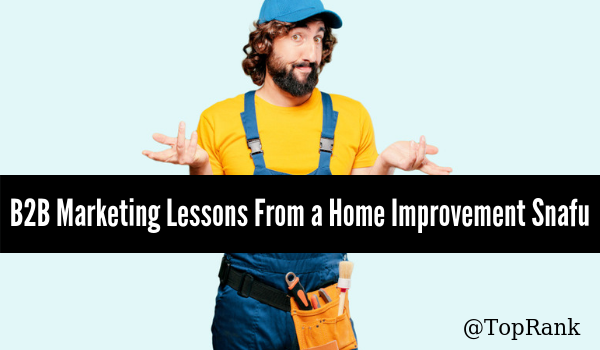




 The word hustle sometimes gets a bad wrap.
The word hustle sometimes gets a bad wrap.
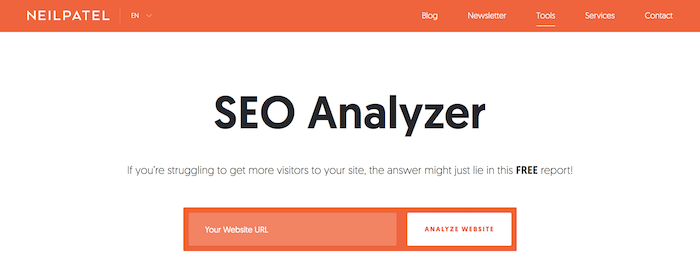
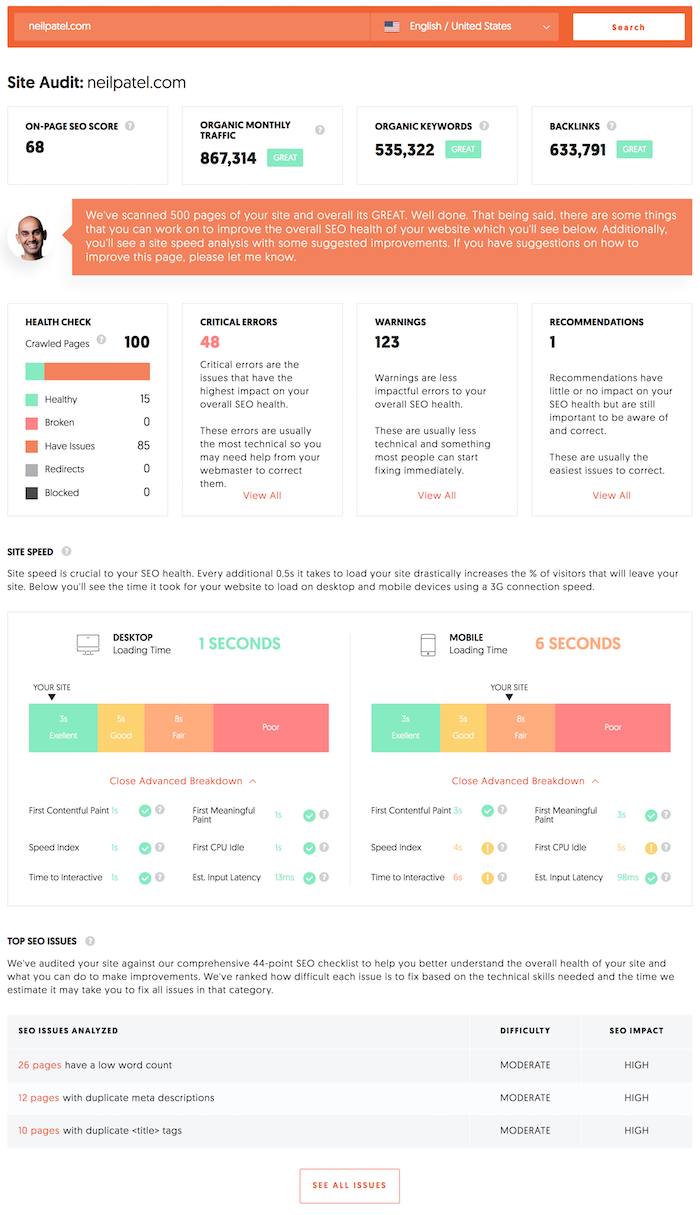

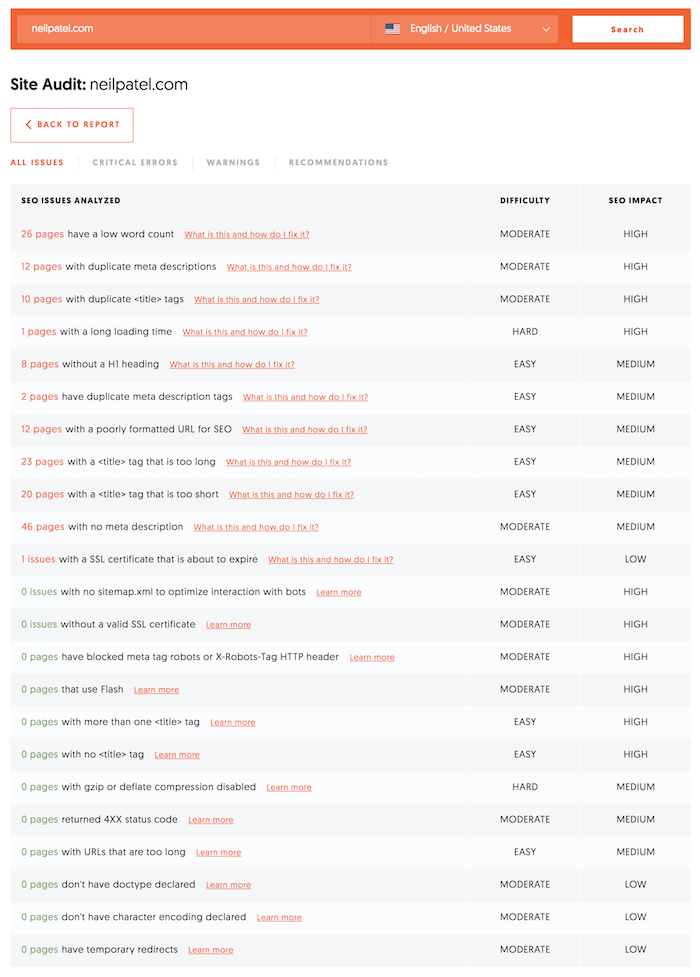


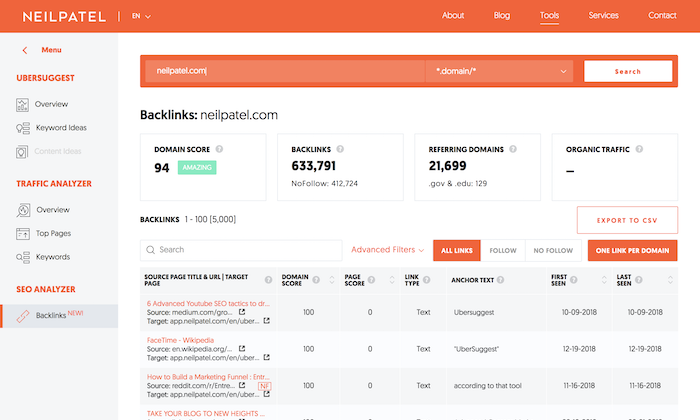

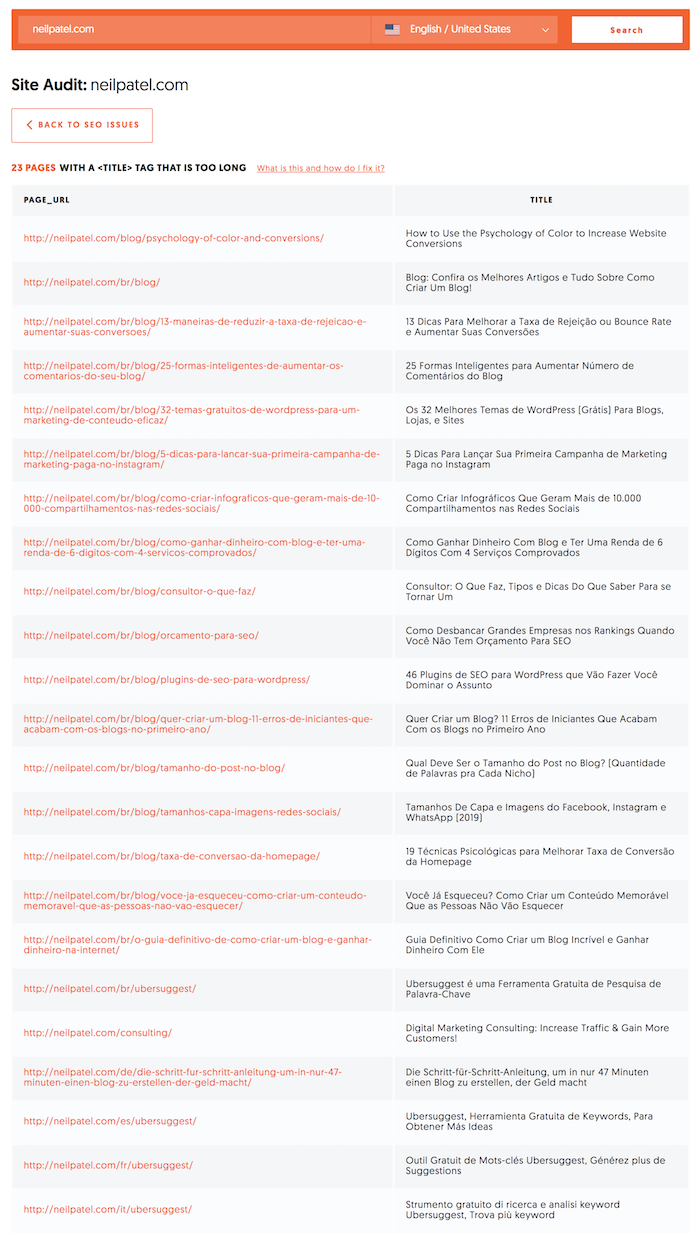
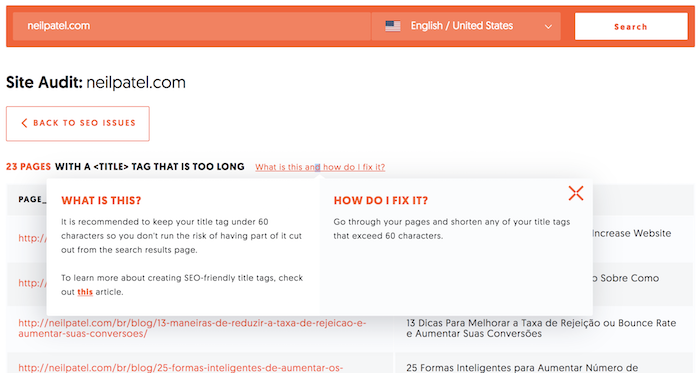

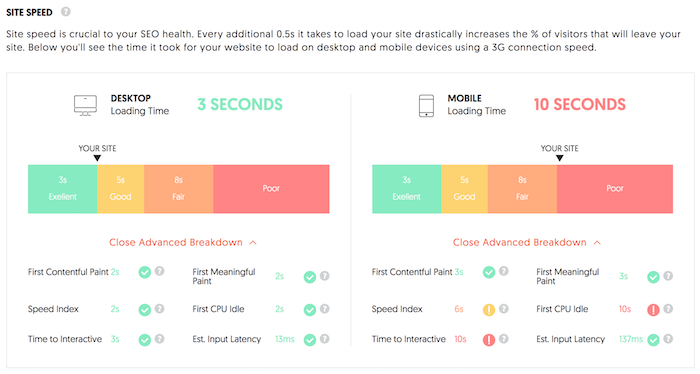

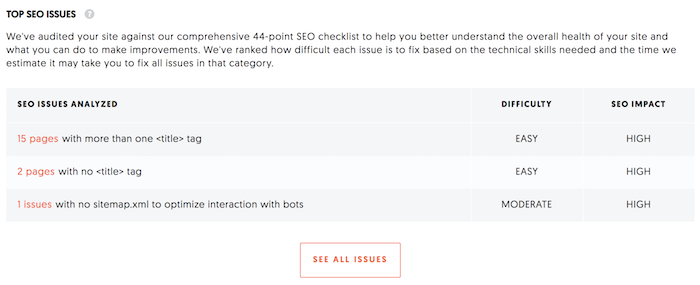

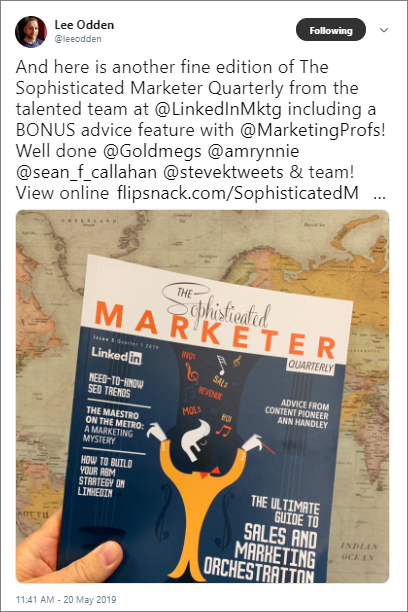

 There are at least 2,193 ways to make your content better and the best copywriters know them all.
There are at least 2,193 ways to make your content better and the best copywriters know them all.